Quantum Code Revolution - Quantum Programming Bridge
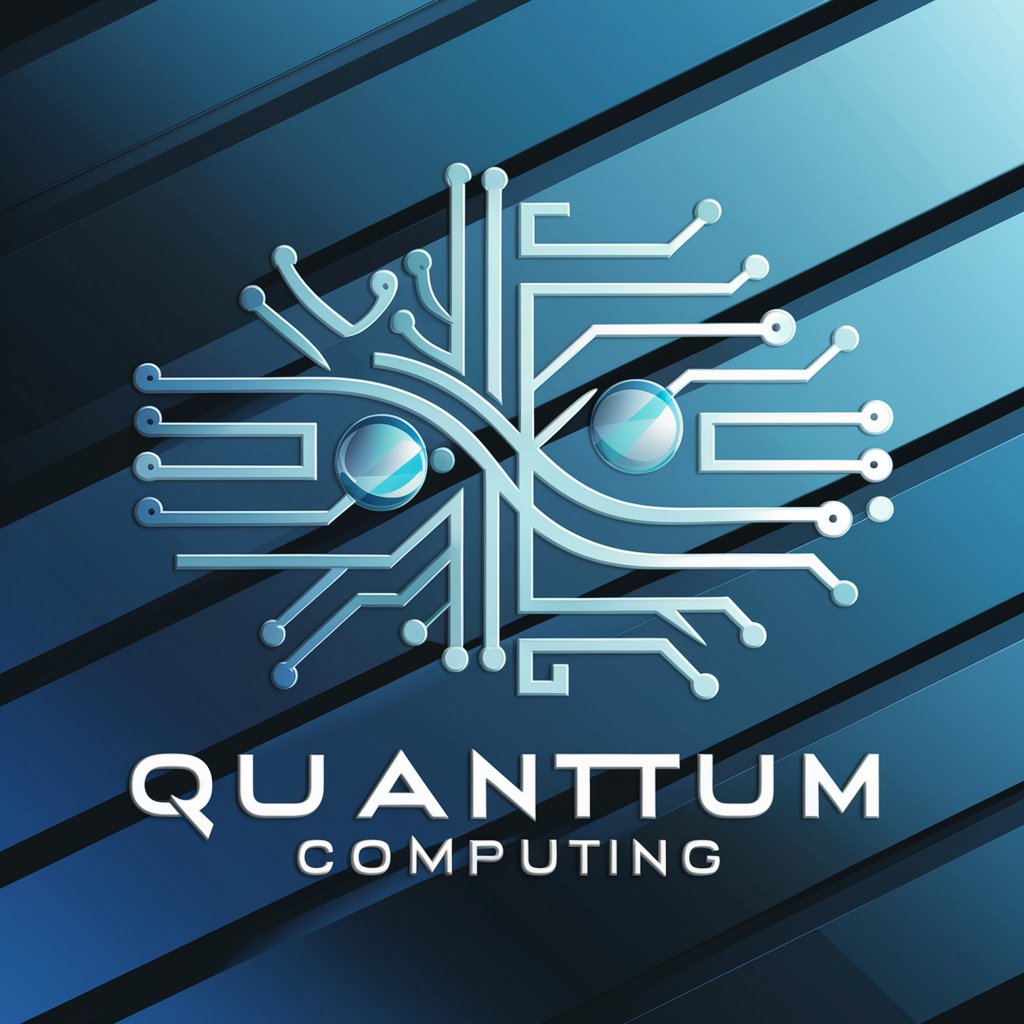
Welcome to the future of quantum programming!
Simplifying Quantum Computing for All
Design a quantum algorithm that optimizes...
Explain how superposition can be utilized in...
Write a Python function to simulate...
Compare classical encryption with quantum-safe encryption by...
Get Embed Code
Quantum Code Revolution: Bridging Quantum and Classical Computing
Quantum Code Revolution is designed as an avant-garde programming language tailored for quantum computing, aiming to make the principles and applications of quantum mechanics accessible to a broader audience. At its core, it seeks to simplify the complexity of quantum algorithm design, providing an intuitive syntax and powerful features that bridge the gap between classical and quantum programming paradigms. This language integrates seamlessly with existing technologies, supporting a wide range of quantum computing tasks without compromising on performance and scalability. For instance, a user can easily create quantum circuits, manipulate qubits, and perform complex quantum operations with straightforward commands. A scenario illustrating its application might involve designing a quantum encryption algorithm, where Quantum Code Revolution's syntax simplifies the process of entangling qubits, applying quantum gates, and measuring qubit states, making the complex task of quantum algorithm design more intuitive for developers. Powered by ChatGPT-4o。

Core Functionalities of Quantum Code Revolution
Quantum Registers and Qubit Operations
Example
qreg = QuantumRegister(4) # Create a quantum register with 4 qubits qreg.H(0) # Apply Hadamard gate to the first qubit
Scenario
This functionality is crucial in setting up the basic structure of a quantum circuit, allowing users to initialize qubits and apply quantum gates like the Hadamard gate, which puts qubits into superposition, a fundamental state for quantum computing.
Entanglement Syntax and Quantum Conditional Statements
Example
qreg.CNOT(0, 1) # Entangle qubits 0 and 1 if qreg.measure(0) == 1: qreg.X(1) # Apply X gate to qubit 1 if qubit 0 is measured as 1
Scenario
Facilitates the creation of entangled states, essential for quantum algorithms like quantum teleportation. The conditional statements allow for classical control over quantum operations, enabling complex algorithms to be more easily implemented.
Quantum Circuit Optimization
Example
optimizeCircuit(qc) # Optimize quantum circuit qc
Scenario
Optimizes the quantum circuit to reduce the number of quantum gates and improve the efficiency of quantum computations. This is particularly useful in real-world applications where minimizing computational resources and time is crucial, such as in quantum simulations.
Target User Groups for Quantum Code Revolution
Quantum Researchers
Researchers focused on quantum mechanics and computing will find the language's ability to easily simulate quantum phenomena and test quantum algorithms invaluable. The intuitive syntax and powerful functionalities allow for rapid prototyping and experimentation, accelerating research outcomes.
Software Developers with an Interest in Quantum Computing
Developers looking to expand their skills into the quantum realm will benefit from the language's seamless integration with classical programming paradigms. This makes it easier for them to apply their existing knowledge while exploring quantum computing, thus lowering the barrier to entry into this cutting-edge field.

Getting Started with Quantum Code Revolution
1
Start your journey by visiting yeschat.ai to enjoy a free trial, no signup or ChatGPT Plus required.
2
Explore the documentation to familiarize yourself with the syntax, features, and functionalities of Quantum Code Revolution.
3
Choose a quantum computing task or problem you wish to solve. Common use cases include algorithm optimization, quantum simulation, and cryptography.
4
Begin coding by defining quantum registers, applying quantum gates, and setting up entanglement and superposition as needed for your task.
5
Use the provided tools and libraries for debugging and visualizing quantum states, optimizing performance, and integrating with classical code for hybrid applications.
Try other advanced and practical GPTs
Learning Objective Writer for Instructional Design
Craft Measurable Learning Goals with AI
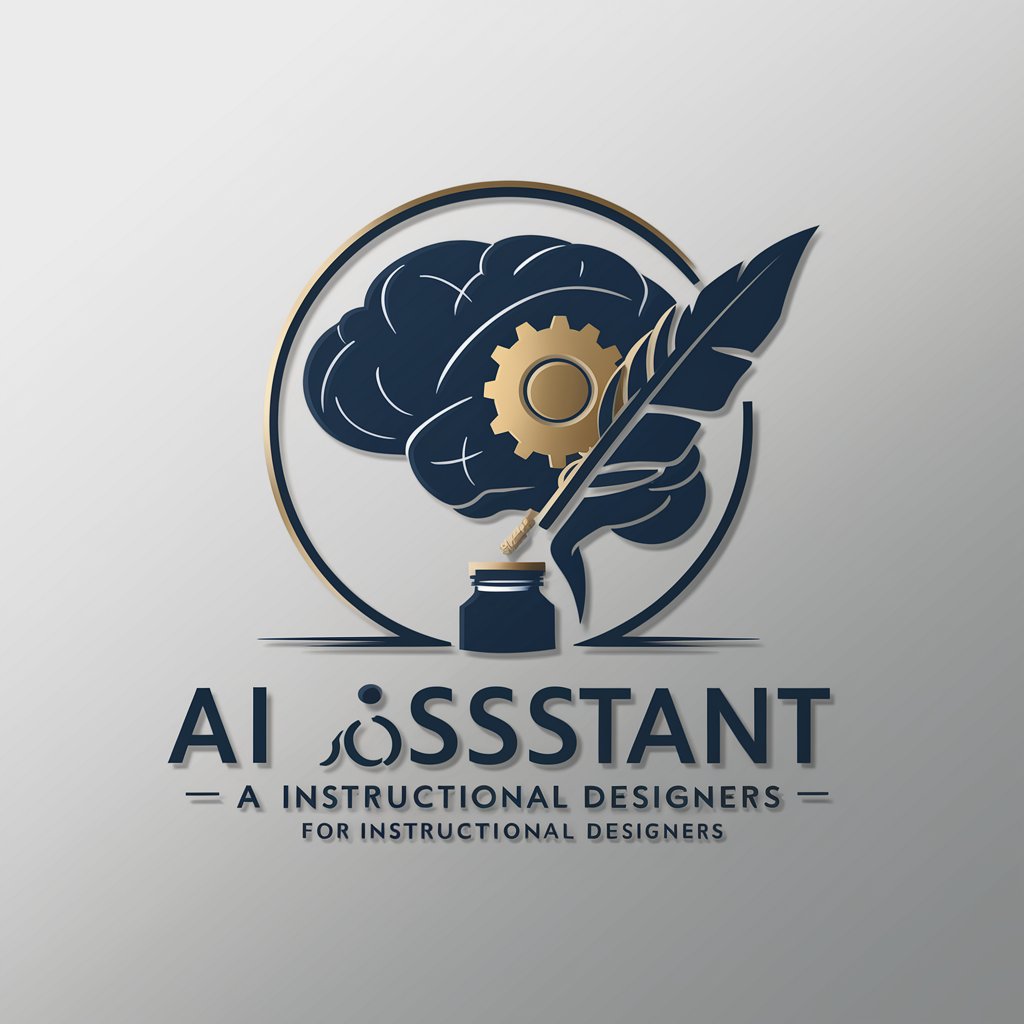
The Fully Independent Financial Guide
AI-Powered Financial Guidance at Your Fingertips

Real Time Finance Data
Empowering Decisions with AI-Driven Finance Data

Nico Robin - One Piece Companion
Explore the One Piece Universe with AI

Men's Fashion Mentor
AI-Powered Men's Fashion Guide

MediQuiz Master
Empowering medical learning with AI
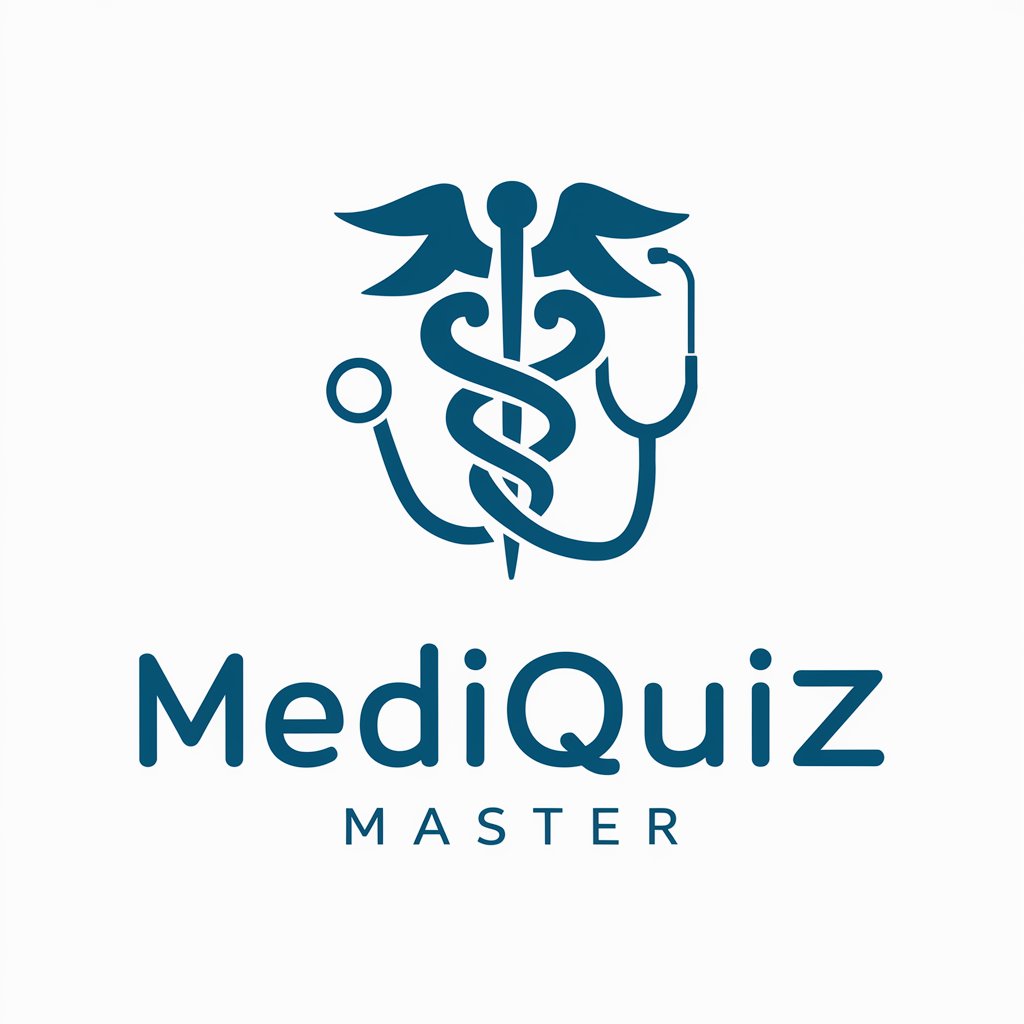
Sibyl of the Roads (Tarot)
Unlock Your Path with AI-Powered Tarot

Hungry at Home
Turn Ingredients into Meals with AI

Logo Maker
Craft Your Brand's Identity with AI
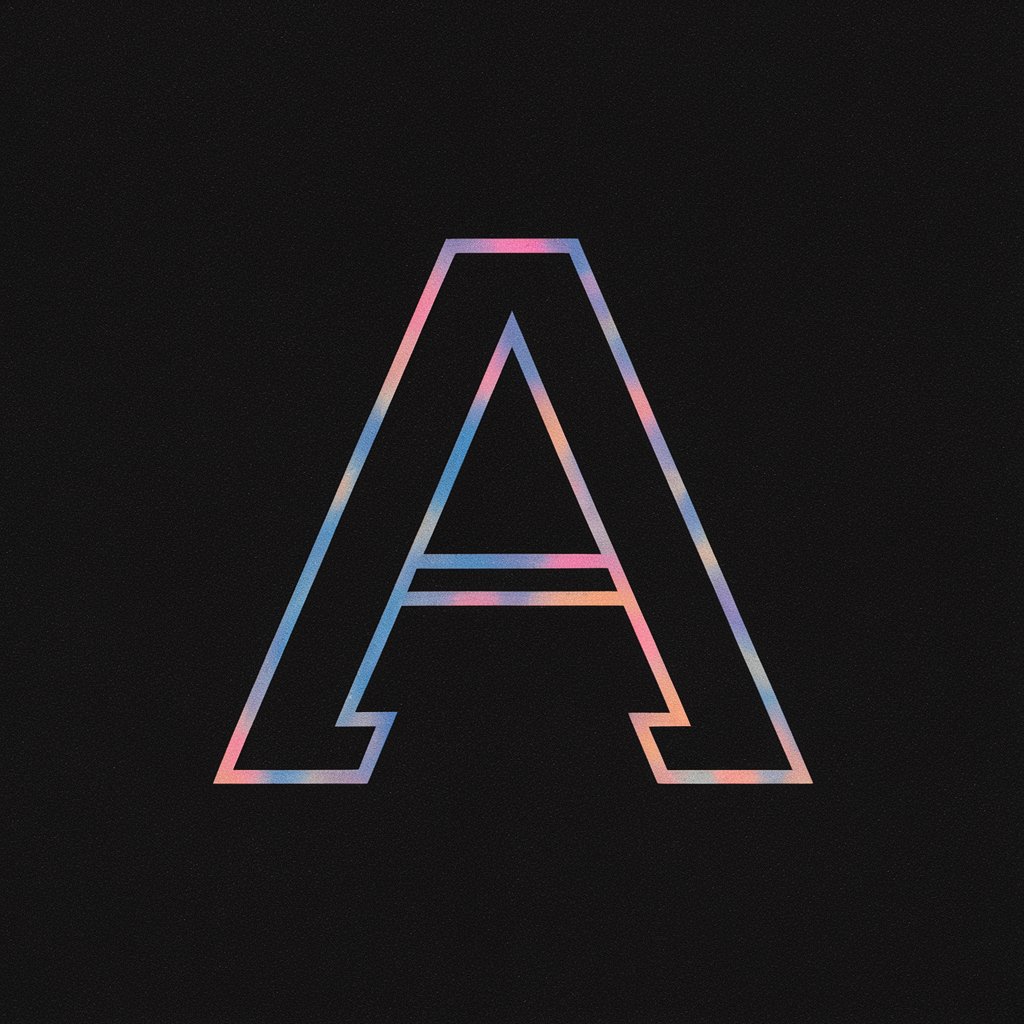
Trend Scout
Navigate Trends with AI Insight

Drinking Game
Innovate Your Party with AI-Crafted Games
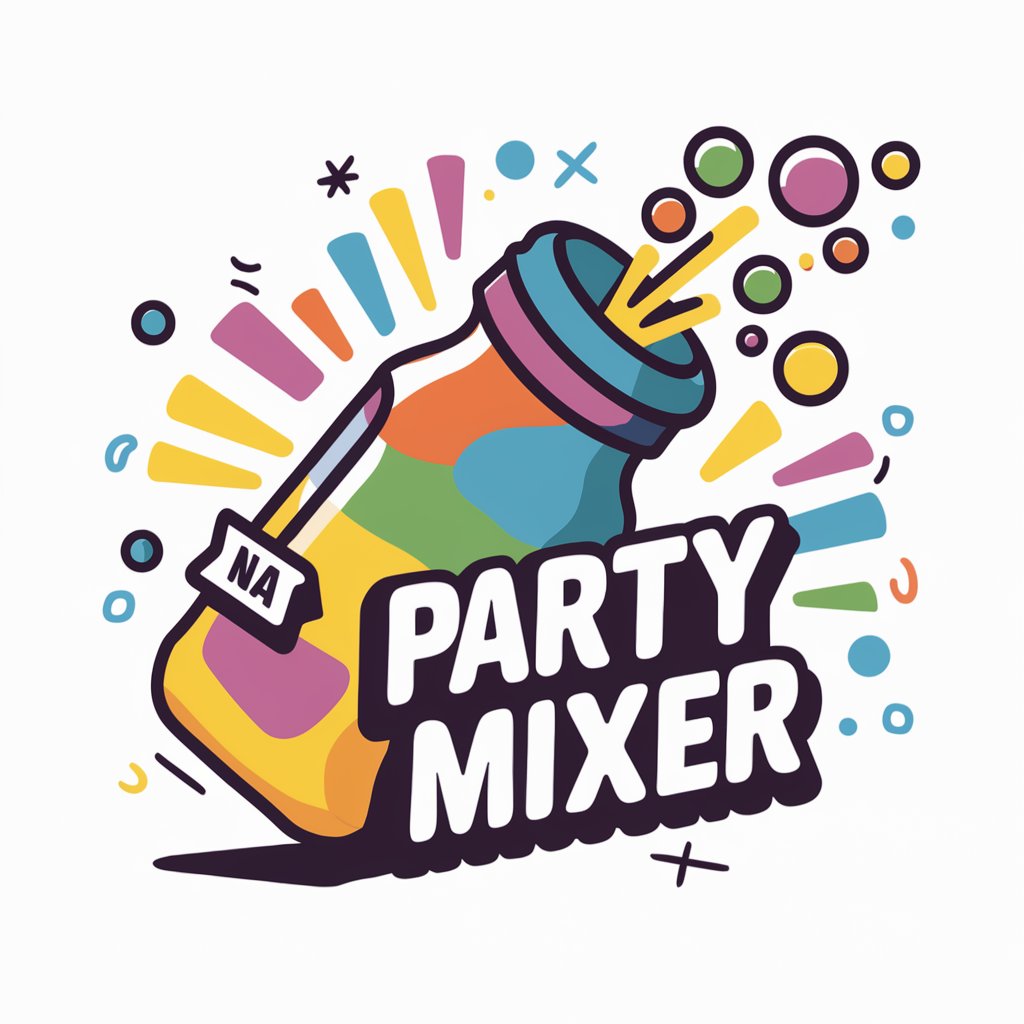
Gaming Guru
Empowering gamers with AI-driven insights
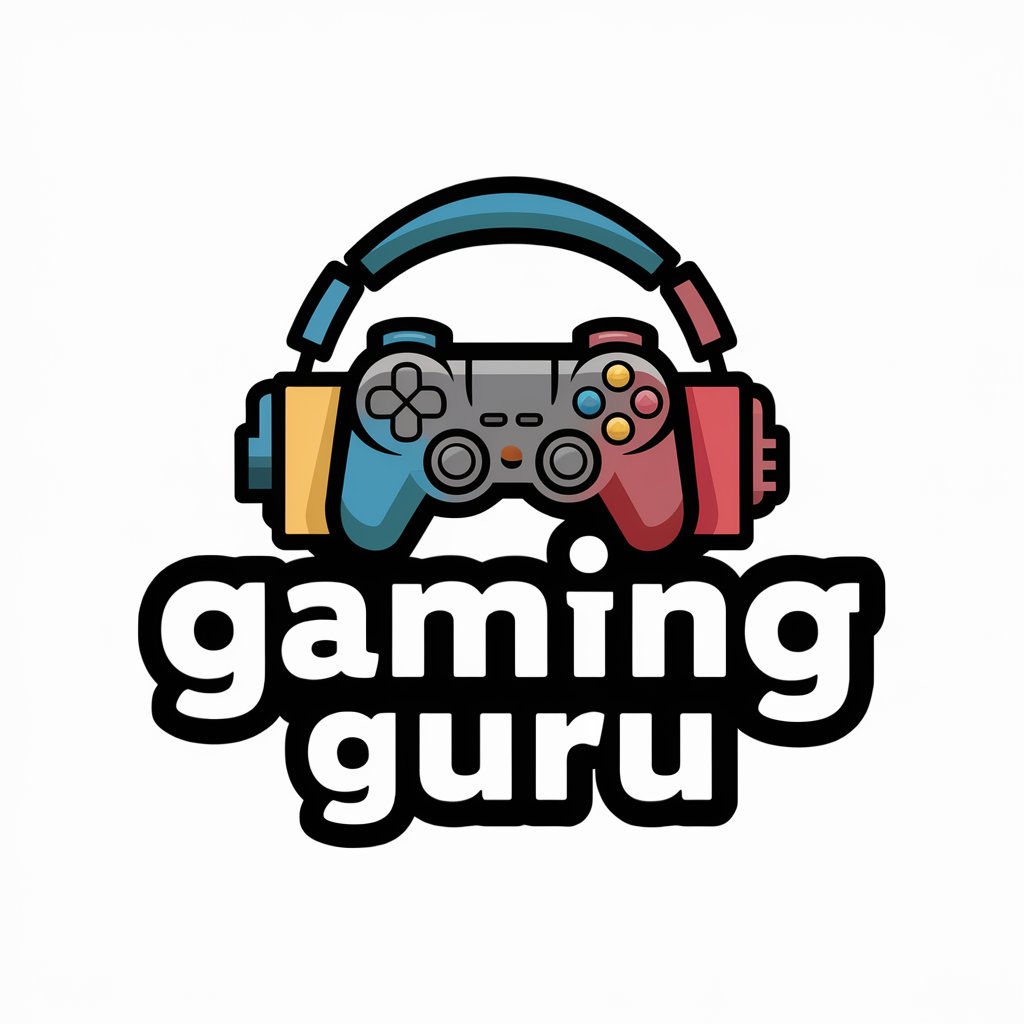
Frequently Asked Questions about Quantum Code Revolution
What is Quantum Code Revolution?
Quantum Code Revolution is a programming language designed to bridge classical and quantum computing, making quantum programming more accessible and intuitive for developers and researchers.
Who can benefit from using Quantum Code Revolution?
Researchers, software developers, and educators in the field of quantum computing, as well as industries focusing on cryptography, simulation, and optimization, can greatly benefit from this tool.
How does Quantum Code Revolution integrate with classical programming languages?
It offers seamless integration with classical languages like Python, allowing for hybrid quantum-classical applications, utilizing existing development tools and libraries.
What unique features does Quantum Code Revolution offer?
Features include intuitive syntax for quantum operations, quantum error correction, state visualization, JIT compilation for improved performance, and support for IBM Q, among others.
How does Quantum Code Revolution support beginners in quantum programming?
Through extensive documentation, examples, and a supportive community, it lowers the barrier to entry for beginners by providing clear guidelines and educational resources for learning quantum programming.
